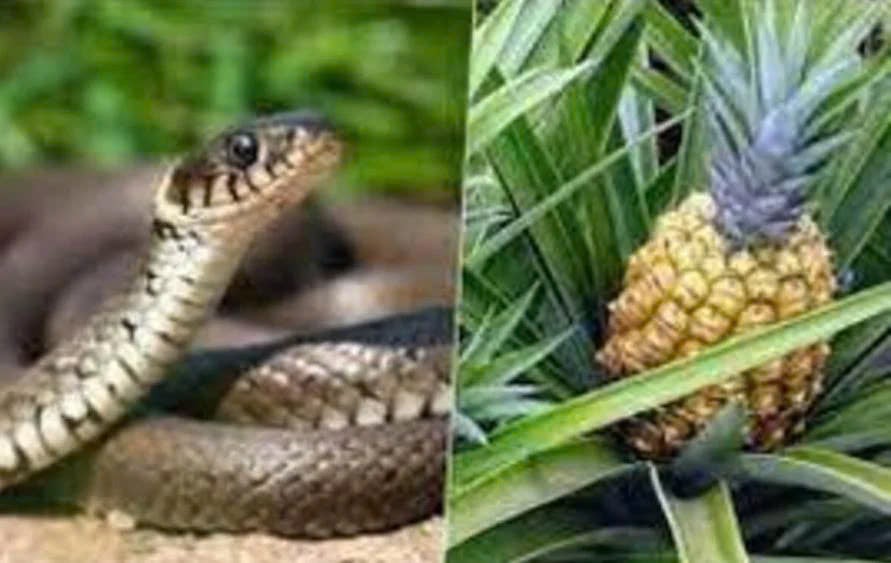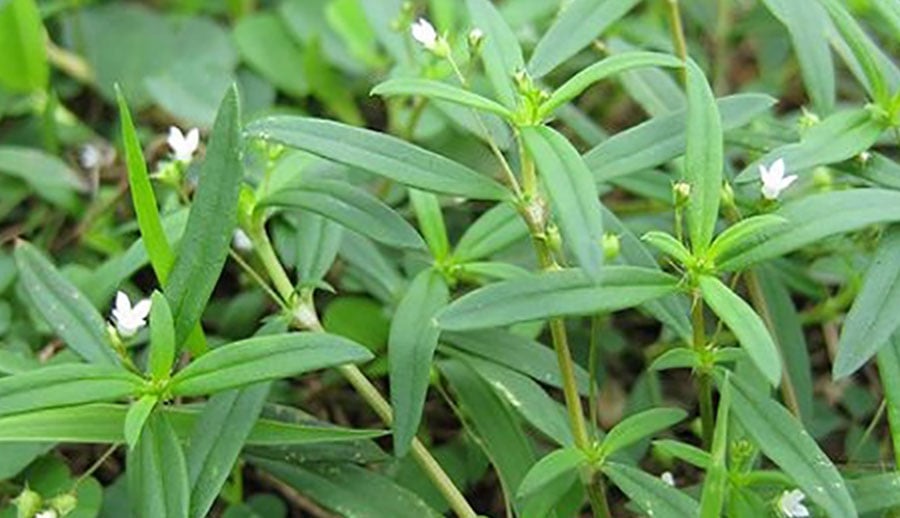While some plants may be aesthetically pleasing, possess medicinal properties, or serve decorative purposes, they can also act as a magnet, attracting snakes to your vicinity. If you have the following plants around your home, consider removing them or relocating them away from your immediate living area for safety reasons.
Pineapple: A Fragrant Attraction for Snakes
Pineapple plants (or “thơm, khóm” in Vietnamese) are popular among households for their sweet fruit and ease of cultivation. However, the distinctive aroma of pineapple fruit can lure insects and small animals, which are a food source for snakes. Therefore, it is advisable to plant pineapples in spacious gardens away from living areas, avoiding proximity to porches or backyards.

Vining Plants with Dense Foliage: A Shady Hideout for Snakes
Vining plants like bougainvillea can provide shade, but they also inadvertently create an ideal hiding spot for snakes, especially the venomous snake species that tend to dwell in dense foliage to hunt in the early morning or evening. If you wish to cultivate these plants, regularly prune them to maintain a tidy appearance and ensure the base of the plant is not too close to the ground.
Night-Blooming Jasmine and Epiphyllum: Enticing Fragrance with Hidden Dangers
Night-blooming jasmine and Epiphyllum are cherished for their intoxicating nocturnal fragrances. However, these very scents attract insects, frogs, and rodents—prey that snakes eagerly seek. Snakes often lurk in bushes with an abundant food supply, so if you choose to grow these fragrant flowers, keep the plants well-pruned to prevent dense foliage from touching the ground.
Purple Ginseng: A Medicinal Plant with a Sweet Drawback
Purple ginseng is a valuable medicinal herb used in traditional remedies for stomach aches, indigestion, and flatulence. Unfortunately, its distinctive sweet taste attracts rodents and hedgehhogs, which are favorite meals for snakes. Planting purple ginseng close to your home may inadvertently turn your garden into a gathering spot for these creatures, inadvertently inviting snakes to the vicinity.
White Snake Weed: A Beautiful Flower with Hidden Dangers
White Snake Weed boasts pristine white flower clusters and a subtle fragrance. During the summer, particularly from May to June, the flowers bloom profusely, releasing a potent aroma. According to folk wisdom, this scent can attract snakes from afar. Additionally, the dense foliage of this plant can provide a hiding place for snakes if it’s too close to your dwelling.
White Snake Herb: A Medicinal Plant with a Cautionary Tale

Also known as “lưỡi rắn trắng” or “white snake tongue,” the White Snake Herb is a potent medicinal plant that thrives in moist environments. During its flowering season, it displays a stunning white bloom. However, folk beliefs suggest that wherever this flower appears, snakes are likely to dwell. While there may not be scientific evidence to support this claim, the ecological characteristics of a damp and dense environment certainly provide ideal conditions for snakes to hide and reside.
Tips for Choosing and Maintaining Plants Around Your Home
When selecting plants for your surroundings, consider the space, location, and biological characteristics of each species. For plants that may attract snakes, it is prudent to plant them at a distance from your home, regularly clear away debris and undergrowth, and ensure the plant bases remain unobstructed. Additionally, avoid dense plantings or excessive shade, as these conditions provide ideal hiding and breeding places for snakes.
Not all plants are safe to have close to your home. To prevent unforeseen dangers, carefully consider your choices, especially regarding plants that may attract rodents and insects—the primary food sources for snakes. Maintaining a clean and open garden is an effective way to safeguard your home from unexpected visits by these dangerous reptiles.
The Toxic Plants Lurking in Your Garden: A Warning to Homeowners
Certain visually appealing plants, though valuable for their medicinal properties or decorative appeal, can act as a magnet for snakes, attracting them closer to human habitats. The following plants, if present around your home, should be carefully considered for relocation or removal to ensure your safety.



































